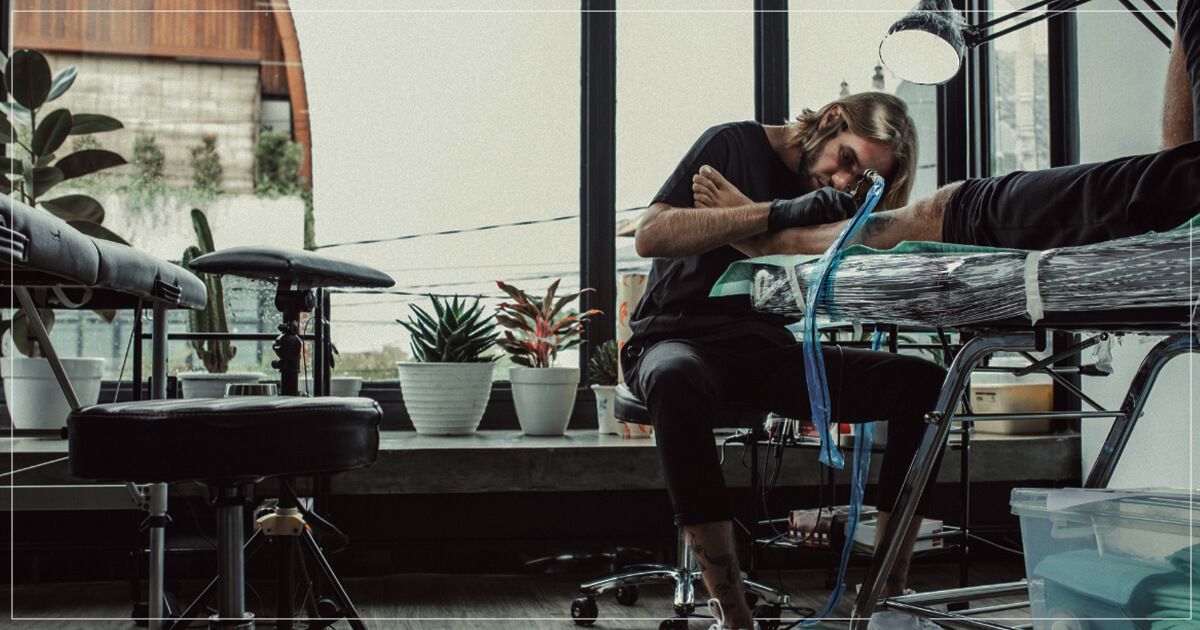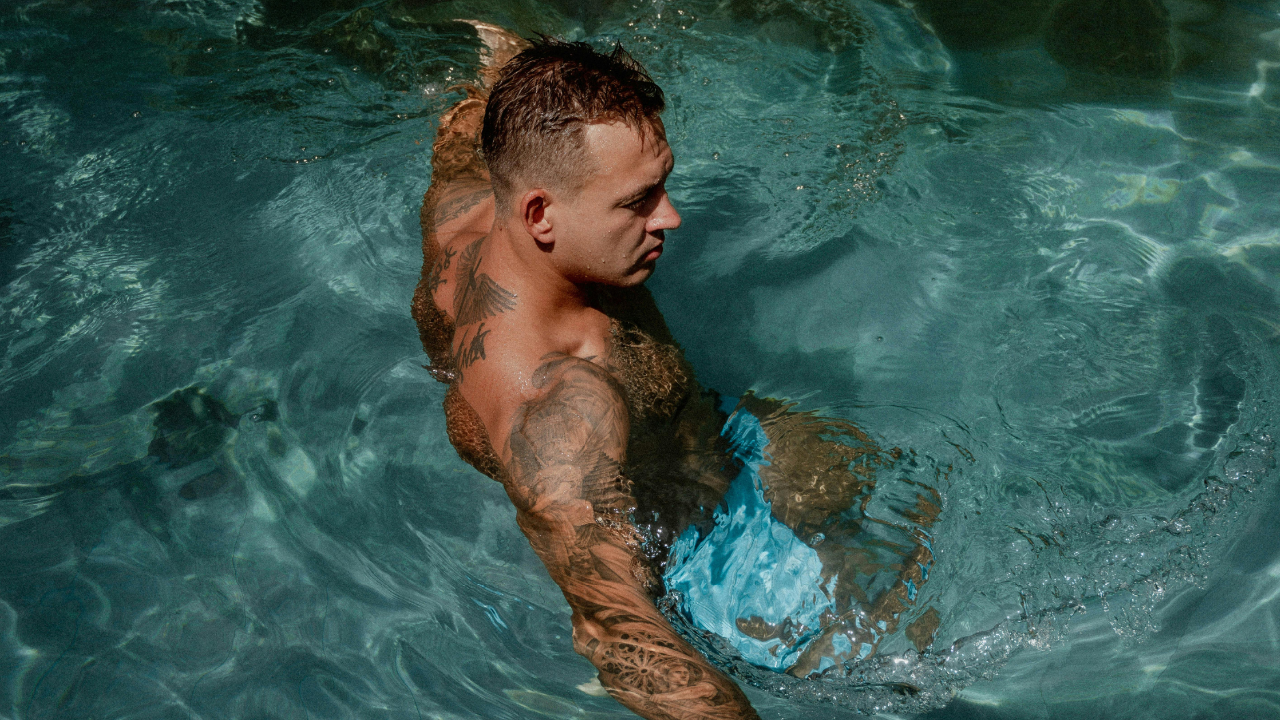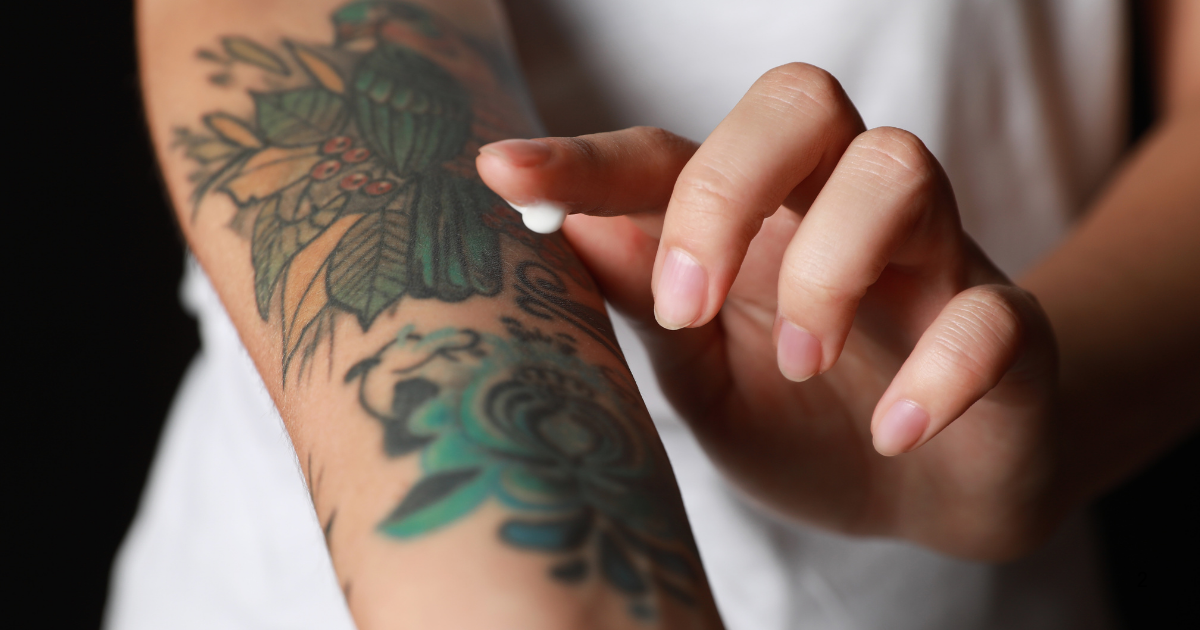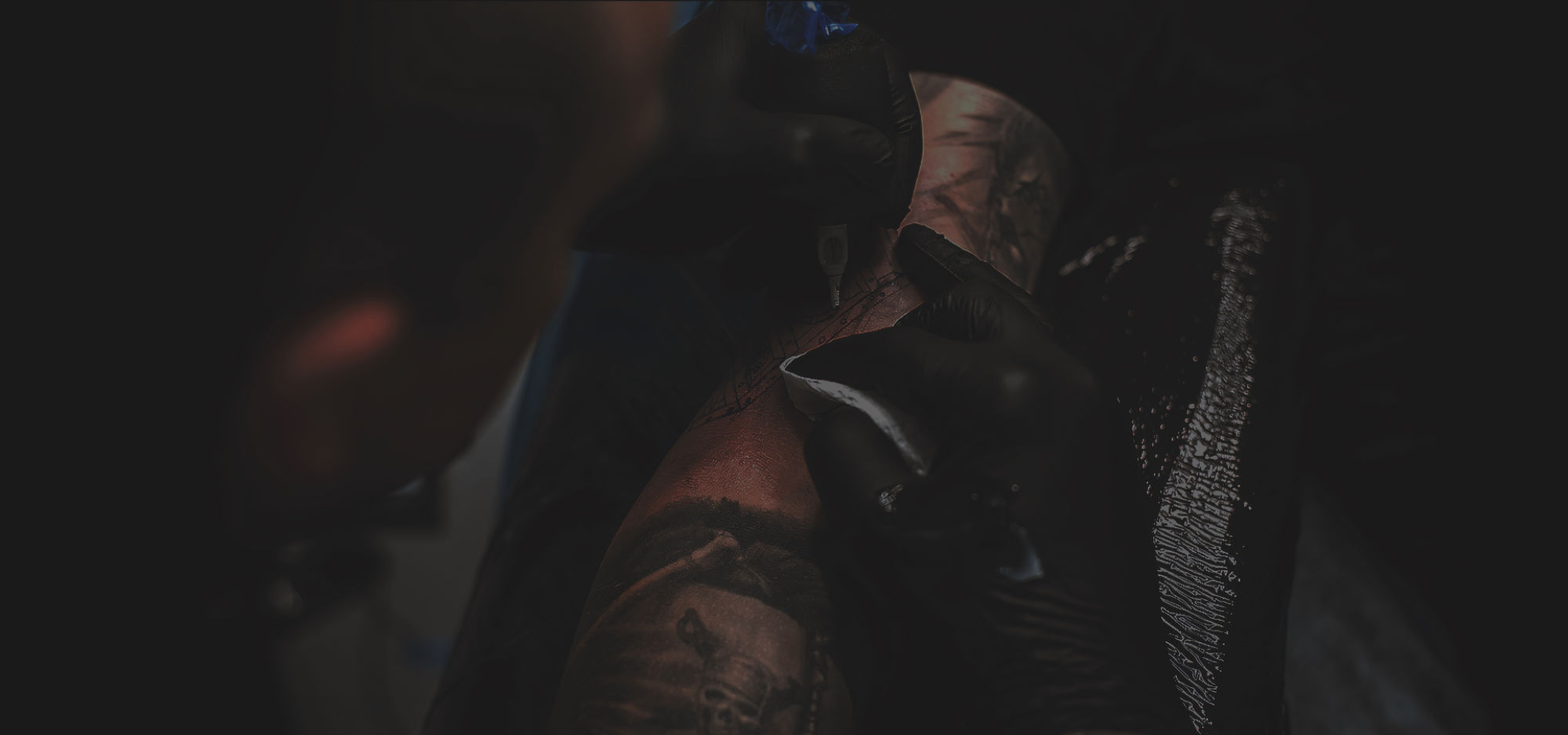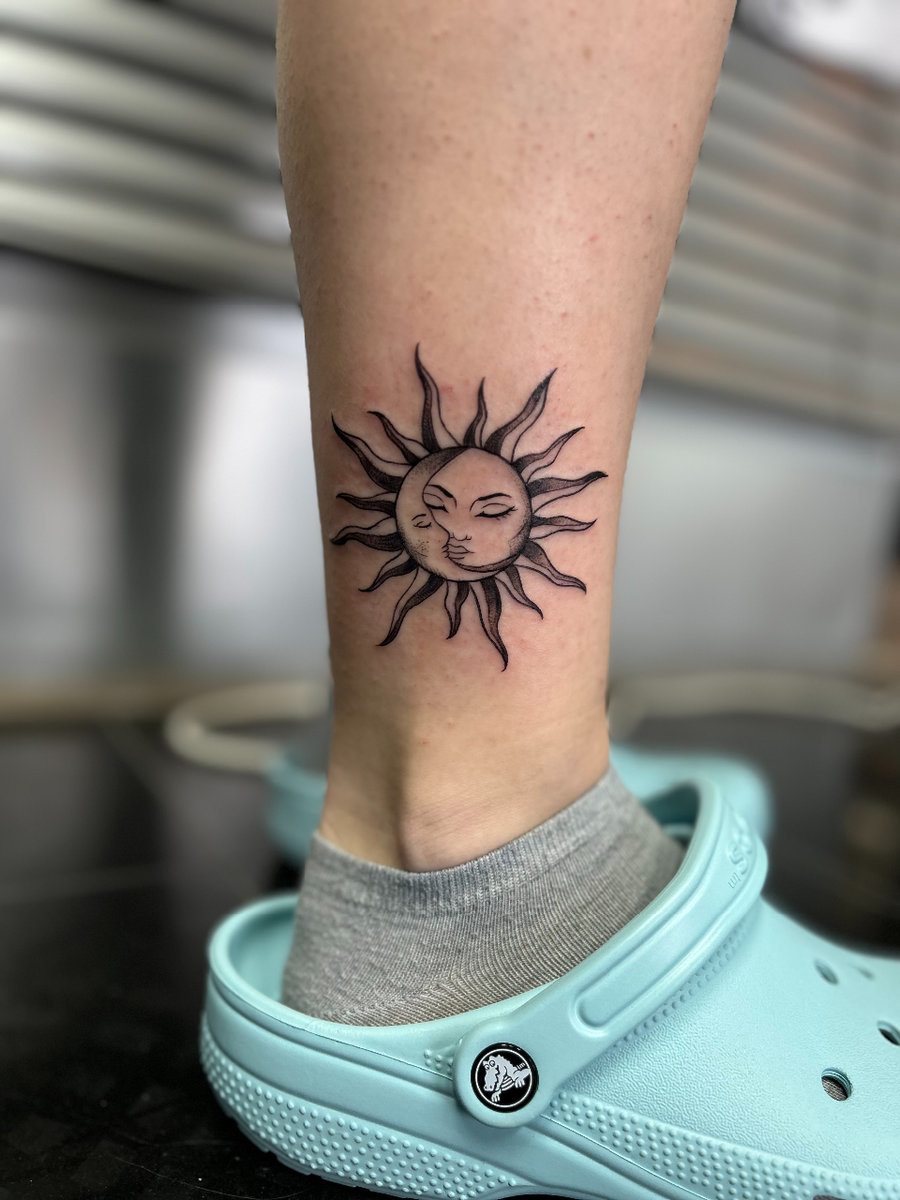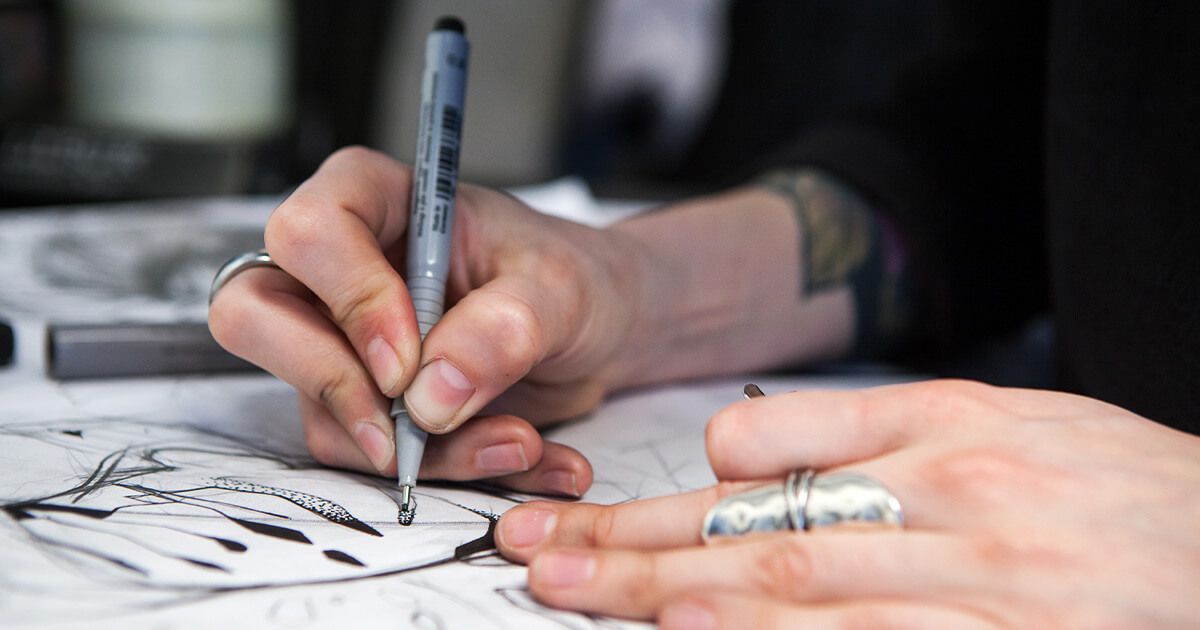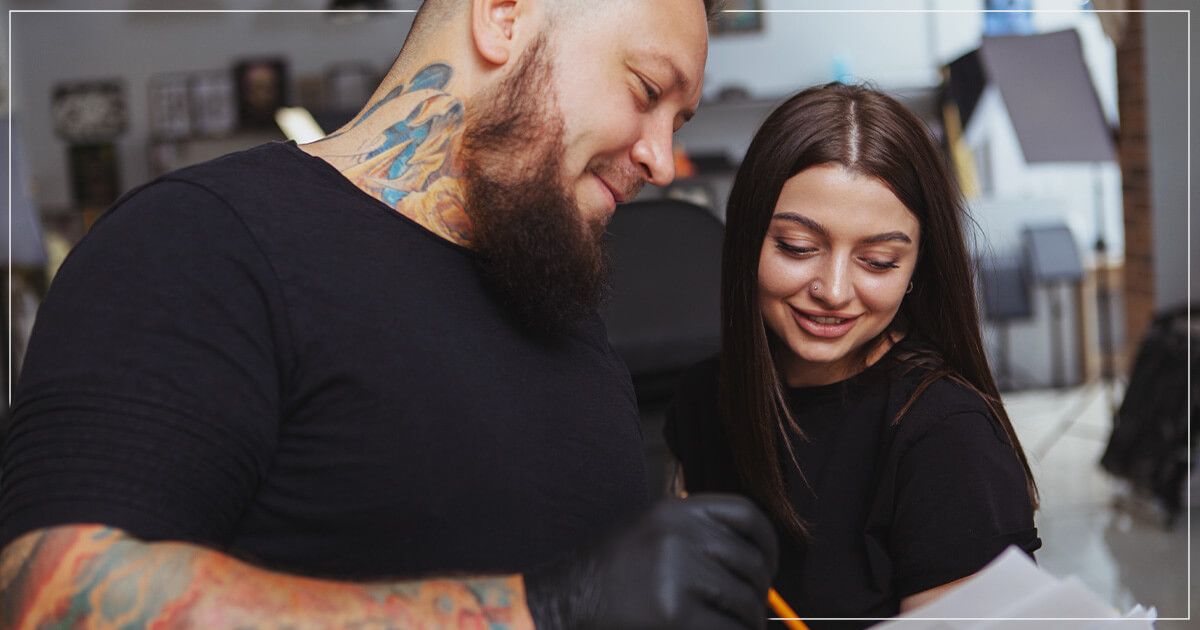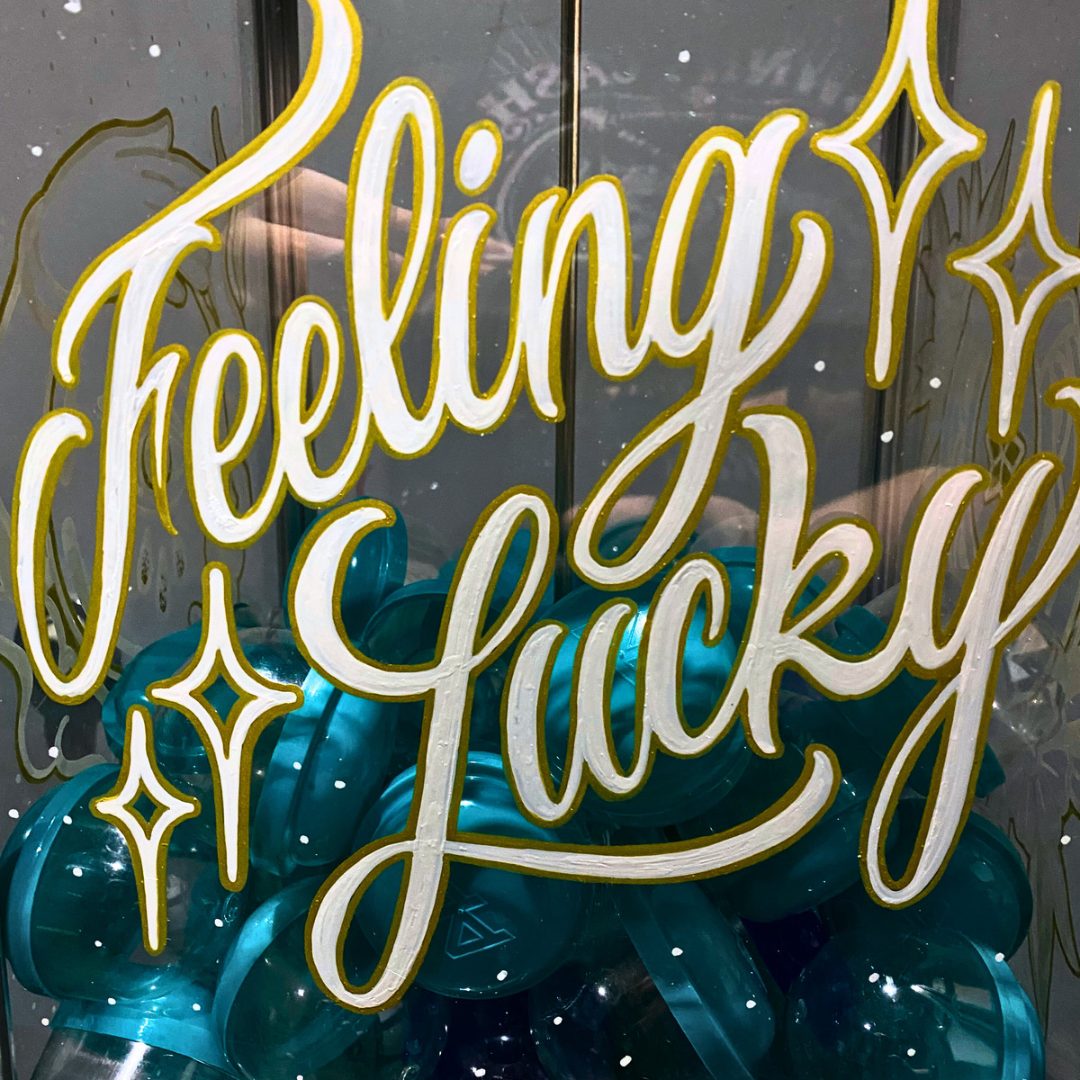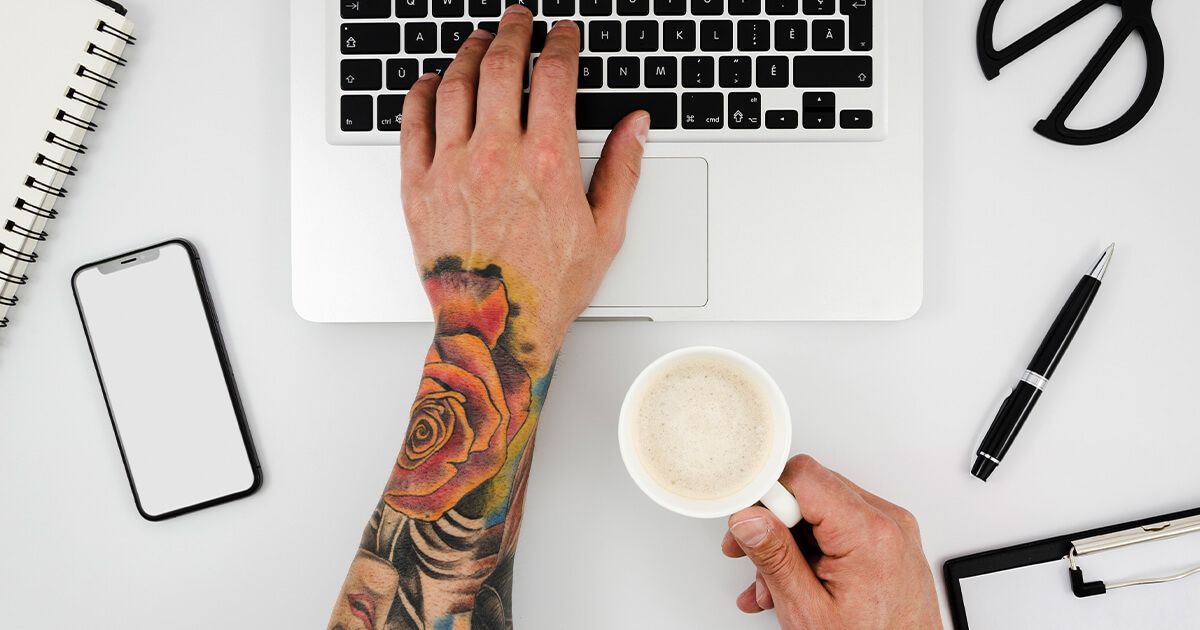
Choosing a tattoo studio is a bit like setting off on an adventure into the unknown. It's exciting, sure, but where do you even begin?
Maybe you're scrolling through options, wondering how to spot the studio that will bring your vision to life without compromise. Or maybe you're simply looking for a sign that says, "This is the place," somewhere you can trust to not only meet, but exceed your expectations.
In this post, we're offering real advice to help you navigate your way to a safe, professional tattoo studio that feels right.
Ready to embark on your tattoo journey?
+ STEP RIGHT UP AND BOOK A SESSION WITH PERFECT IMAGE NOW!
WHY CHOOSING THE RIGHT TATTOO STUDIO MATTERS
Making a thoughtful decision about where to get inked matters — a lot. Choosing the right tattoo studio is about protecting yourself and ensuring your tattoo journey is as positive and fulfilling as it should be.
First off, your skin is your body's first line of defence against the world. When you get a tattoo, you're inviting an artist to make a permanent mark on that protective barrier.
This process comes with its risks. The wrong studio could expose you to serious health issues, from infections to allergic reactions. Trust us, that's a situation no one wants.
Imagine the excitement of getting a new tattoo turning into a nightmare because the equipment wasn't sterilized, or the studio's hygiene standards were an afterthought. Unsanitary practices can cause bacterial infections that not only ruin your tattoo but can seriously impact your health.
The quality of the materials also matters. Low-quality inks and equipment can affect the look and longevity of your tattoo, and can also pose health risks. Allergic reactions, skin irritations, or more severe health implications are real concerns when studios cut corners on their supplies.
And then there’s the quality of the artwork itself. A tattoo is a piece of art that you'll carry with you for life. Choosing a studio without skilled, experienced artists is a one-way ticket to regret. If the artist isn't up to the task, a design that looked perfect in your mind's eye can turn out far from expected.
Your tattoo experience should be memorable for all the right reasons — a celebration of art, self-expression, and personal story. It shouldn't be marred by risks and consequences.
That's why choosing a professional, safe tattoo studio is so important. It's about ensuring your health, safety, and satisfaction are prioritized, from the moment you walk in to the unveiling of your new tattoo and beyond.
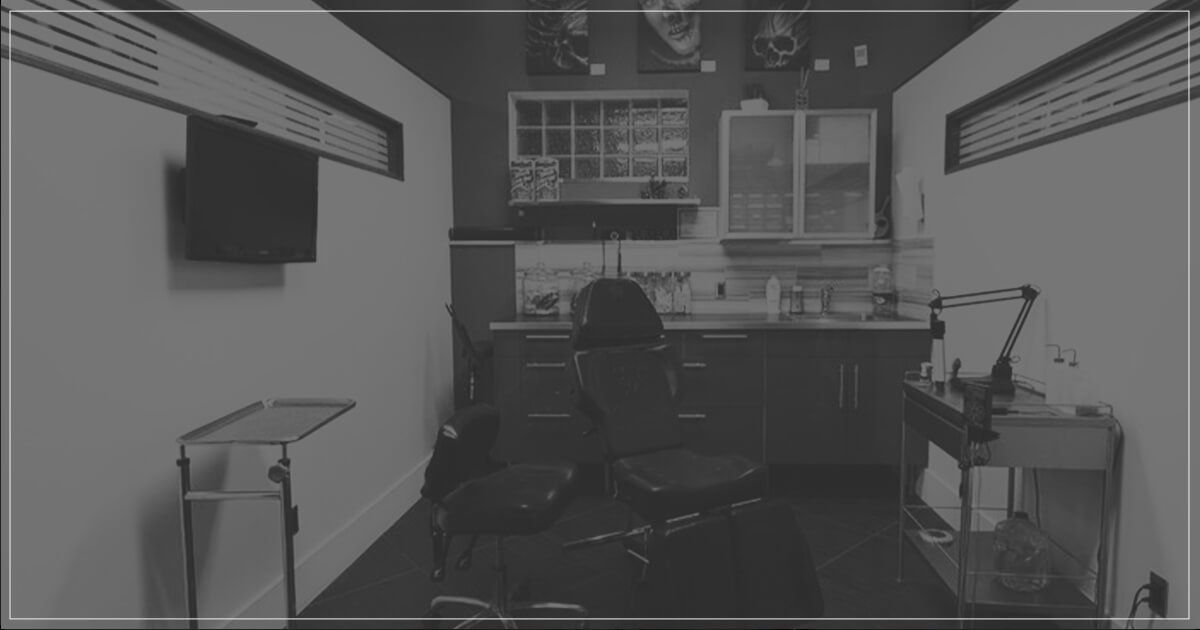
Perfect Image Waterloo
WHAT TO LOOK FOR IN A SAFE AND PROFESSIONAL ENVIRONMENT
1. STUDIO SETTING
When you're on the hunt for the perfect place to get inked, the vibe and look of a tattoo studio are your first clues about the kind of experience you're going to have.
First things first: The location matters. In Ontario, it's illegal for artists to work out of anyone's living space. If an artist is willing to overlook this by tattooing inside someone's home, it's worth wondering what other corners they're cutting.
Now, let's talk about the studio space itself. A clean, well-organized shop is a sign that the people running it care about their craft and their clients.
You want to see surfaces that are easy to clean, workstations that are tidy, and an overall environment that feels taken care of. A cluttered, dirty shop is a red flag waving at you to keep looking.
The decor and art displayed in the studio can also speak volumes. It's not just about whether you like the style — it's about what it says about the studio's professionalism and the atmosphere they're creating. Art that makes you uncomfortable or symbols that don't sit well with you are signs that this might not be the place for your tattoo journey.
2. ARTIST EXPERIENCE AND TRAINING
A tattoo is forever, and the artist you choose is key in making sure you wear your story with pride, not regret.
The best tattoo artists are those who not only have the technical skill but who know what it means to bring someone's vision to life. They're the ones with portfolios that speak louder than words, showcasing a variety of styles and a mastery of detail.
An artist’s portfolio is your window into what's possible, allowing you to see firsthand the quality and range of their work. Whether it's through their website, social media, or a physical portfolio in the studio, an artist's past work is a testament to their experience and skill.
Experience counts in more ways than one. Asking an artist how long they've been practicing can give you insight into their journey in the tattoo world. While time isn't the only measure of skill, it often correlates.
Training in safety and hygiene practices is also important. Tattoos involve breaking the skin barrier, and without proper precautions, this can lead to infections or cross-contamination. Artists should be up-to-date with training in handling bloodborne pathogens, preventing cross-contamination, and first aid.
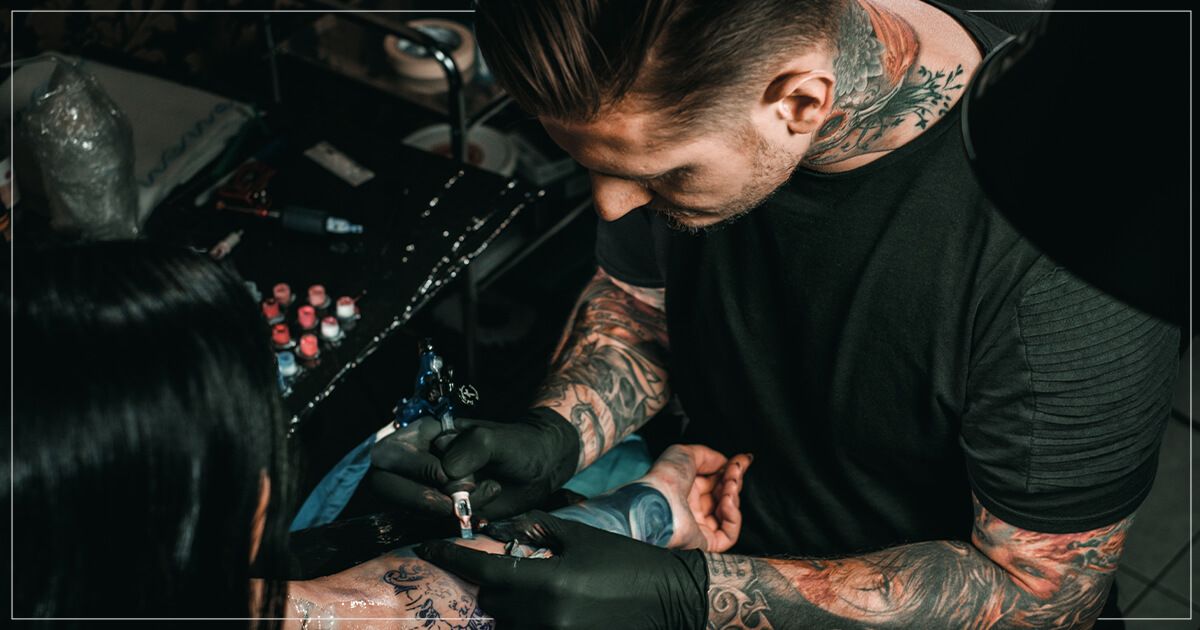
3. PROPER HYGIENE
No one expects you to become an expert on this, but understanding what to look for in a safe process can give you peace of mind as you prepare to get your new ink.
Gloves are non-negotiable. They should be worn at all times during the tattooing process, not only to protect you, the client, but also to maintain the highest hygiene standards for the artist.
Each needle should be brand new, straight from a sealed package, and disposed of after a single use. This ensures that there is no risk of bloodborne pathogens being transmitted from one client to another.
The ink used during your session should be portioned for single use. Ink should never be taken directly from large bottles to avoid contamination.
Observing or asking about these practices shouldn't be awkward. Many artists and studios openly showcase their process on social media or are happy to discuss their hygiene practices openly.
If you don't see gloves being used in social media photos, or if the artist seems hesitant to discuss their equipment handling practices, consider it a red flag.
4. INFORMED CONSENT
In Ontario, as in many places, tattoo artists are required by law to gather your contact information and discuss the potential risks associated with getting a tattoo.
A professional studio will have a thorough consent and health history form for you to fill out. This isn't just paperwork, but a key part of ensuring your safety.
The informed consent process is also a sign of a studio's commitment to professionalism and ethical practice. A studio that skips this step or rushes through it might not be giving the process the attention it deserves, which can be a red flag.
5. READ REVIEWS AND SEEK RECOMMENDATIONS
Online reviews are a goldmine of information. Remember, it's not just about the number of stars or reviews a studio has but the stories behind those ratings. Look for reviews that speak to the aspects of the experience that matter most to you, whether it's cleanliness, artistic skill, or the overall atmosphere.
You should also pay attention to how studios respond to reviews, especially negative ones. A professional and thoughtful response can show a studio's commitment to customer satisfaction and its openness to feedback. On the other hand, defensive or dismissive replies can be a red flag, indicating a lack of professionalism or a disregard for client concerns.
But don't stop at online reviews. Talking to friends, family, or even acquaintances who have tattoos can provide you with insights that you might not find online. Personal recommendations can also lead you to discover hidden gems — studios or artists that might not have a huge online presence but are beloved by those in the know.
OTHER TATTOO STUDIO RED FLAGS
We’ve covered a few of the biggest warning signs already, but wanted to leave you with a few more things to keep an eye out for.
Unprofessional Staff Behaviour. The way artists and staff interact with clients is a reflection of the studio's overall ethos. If you're met with dismissive, rushed, or rude behaviour, it's a clear indication of a lack of professionalism. This behaviour not only affects the comfort and satisfaction of your experience but can also reflect on the quality of work and care you might receive.
Overcrowded or Rushed Environment. Quality takes time. A studio that's trying to juggle too many clients at once may compromise on the cleanliness and attention to detail your tattoo deserves. Each client should feel like they have the artist's full attention for the best result.
Unusually Low Pricing. While everyone loves a good deal, way lower prices than what's typical in the market can mean a compromise in quality or safety standards. High-quality materials, skilled artists, and rigorous safety practices come at a cost. If the price seems too good to be true, it probably is.
Finally, it's important to trust your gut. If something feels off, it's worth taking a step back to reassess.
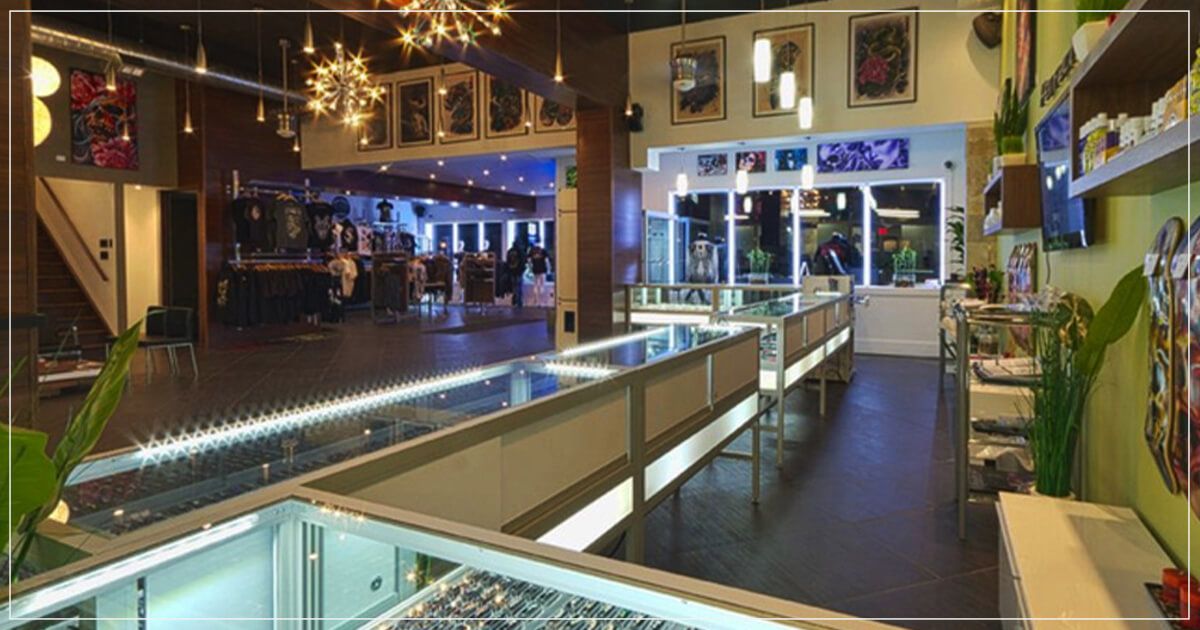
Perfect Image Waterloo
CHOOSING THE RIGHT TATTOO STUDIO
We understand that choosing the right tattoo studio is a significant decision. It's not just about the art; it's about trust. It's about finding a place where you can confidently take the leap, knowing that you're in good hands. That's why we're committed to transparency, professionalism, and creating a welcoming environment for all our clients.
Perfect Image pride itself on exceeding these standards in every way. Our studios are designed with your comfort and safety in mind, maintained to the highest levels of cleanliness, and our artists are passionate creators who are eager to collaborate with you to bring your unique vision to life.
So, if you're ready to embark on this exciting journey, to tell your story through the art of tattooing, we invite you to book a tattoo session with us. Let's create something beautiful together.
